contractor change order - please help
admiral
10 years ago
Related Stories
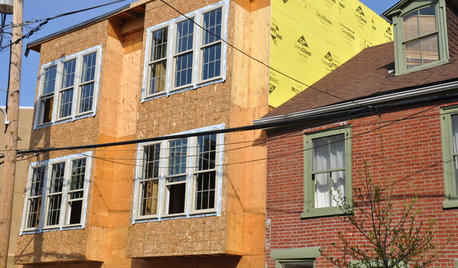
WORKING WITH PROS5 Steps to Help You Hire the Right Contractor
Don't take chances on this all-important team member. Find the best general contractor for your remodel or new build by heeding this advice
Full Story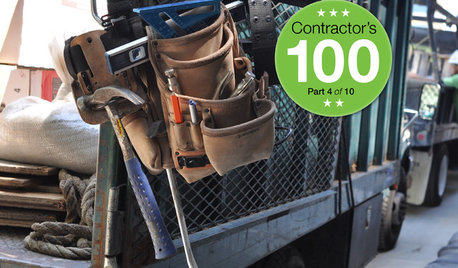
REMODELING GUIDESContractor Tips: What Your Contractor Really Means
Translate your contractor's lingo to get the communication on your home project right
Full Story
HOME OFFICESQuiet, Please! How to Cut Noise Pollution at Home
Leaf blowers, trucks or noisy neighbors driving you berserk? These sound-reduction strategies can help you hush things up
Full Story
HOUZZ TOURSMy Houzz: Home Full of Boys Achieves Order and Inspiration
A 3-month overhaul produces an organized and inviting space fit for this Florida family of 9
Full Story
CONTRACTOR TIPSWhat to Look for in a Contractor's Contract
10 basic ingredients for a contract will help pave the way to remodel happiness
Full Story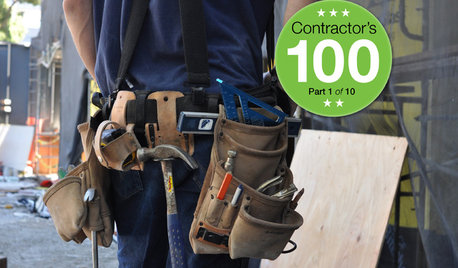
MOST POPULARContractor Tips: Top 10 Home Remodeling Don'ts
Help your home renovation go smoothly and stay on budget with this wise advice from a pro
Full Story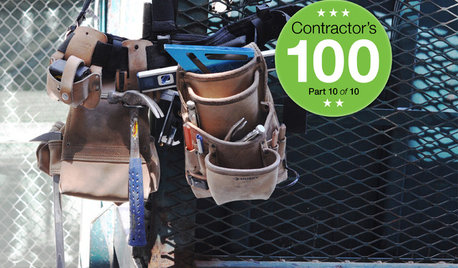
REMODELING GUIDESContractor's Tips: 10 Things Your Contractor Might Not Tell You
Climbing through your closets and fielding design issues galore, your contractor might stay mum. Here's what you're missing
Full Story
SELLING YOUR HOUSE5 Savvy Fixes to Help Your Home Sell
Get the maximum return on your spruce-up dollars by putting your money in the areas buyers care most about
Full Story
MOVINGRelocating Help: 8 Tips for a Happier Long-Distance Move
Trash bags, houseplants and a good cry all have their role when it comes to this major life change
Full Story
REMODELING GUIDESWisdom to Help Your Relationship Survive a Remodel
Spend less time patching up partnerships and more time spackling and sanding with this insight from a Houzz remodeling survey
Full StoryMore Discussions







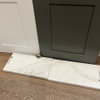

roof35
admiralOriginal Author
Related Professionals
Ramsey Kitchen & Bathroom Designers · Grain Valley Kitchen & Bathroom Remodelers · Shamong Kitchen & Bathroom Remodelers · Clinton Township Interior Designers & Decorators · Morton Grove Interior Designers & Decorators · Queens Interior Designers & Decorators · Bay City General Contractors · Browns Mills General Contractors · Coatesville General Contractors · Fremont General Contractors · Fort Pierce General Contractors · Homewood General Contractors · Norristown General Contractors · Prichard General Contractors · Universal City General ContractorsUser
roof35
mag77
renovator8
admiralOriginal Author
admiralOriginal Author
snoonyb
live_wire_oak
Fori
J M
aidan_m
aidan_m
snoonyb
weedyacres
admiralOriginal Author
aidan_m
snoonyb
roof35